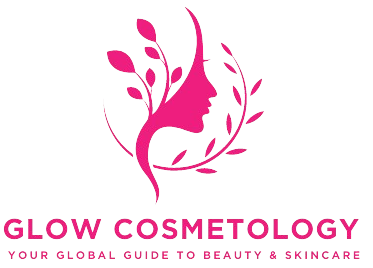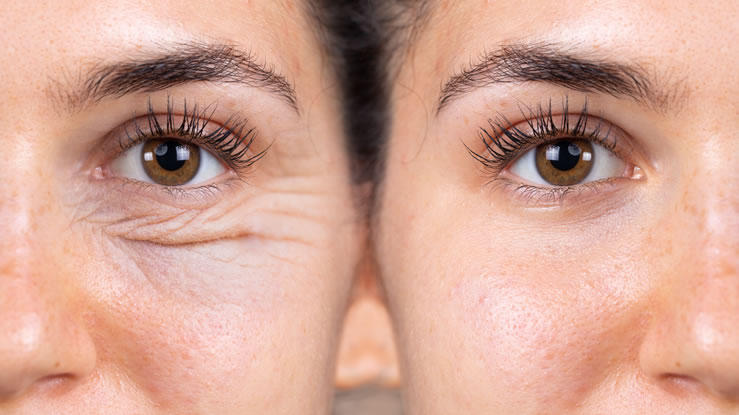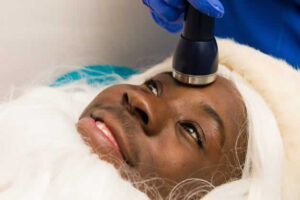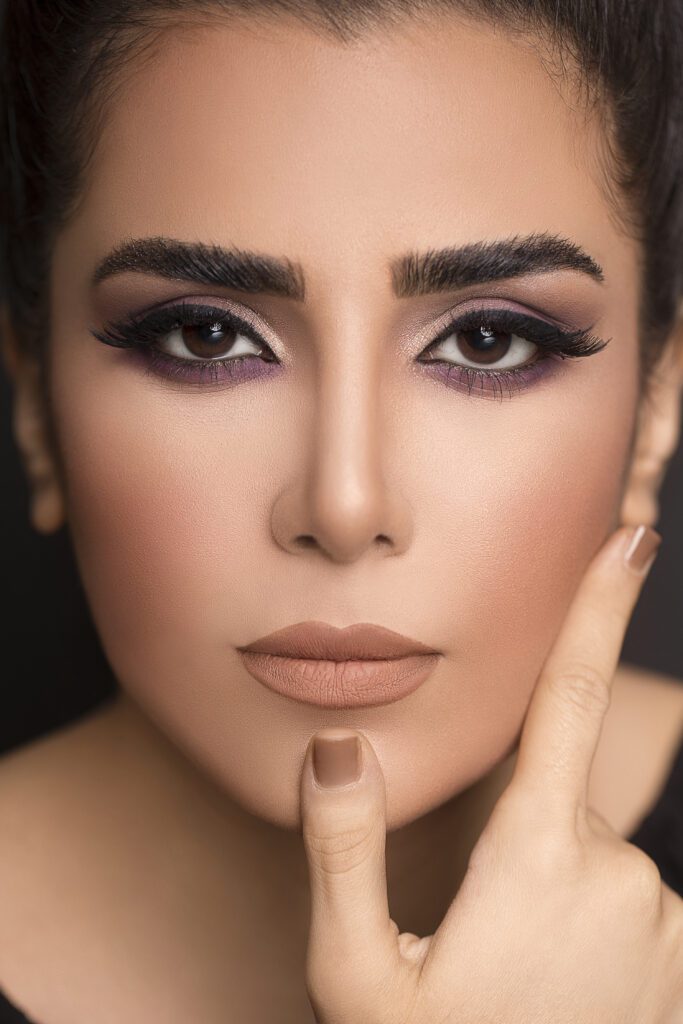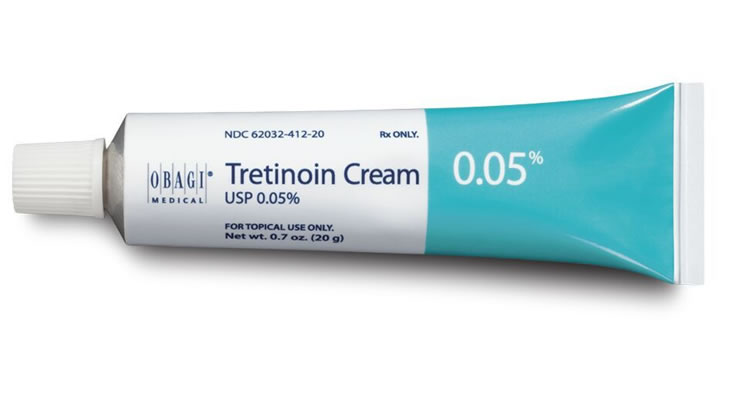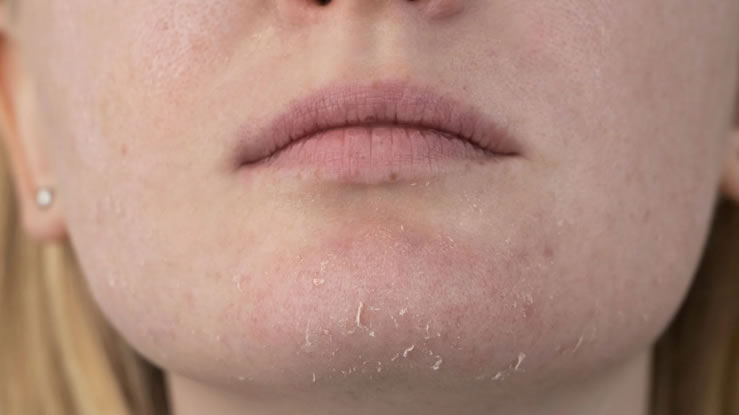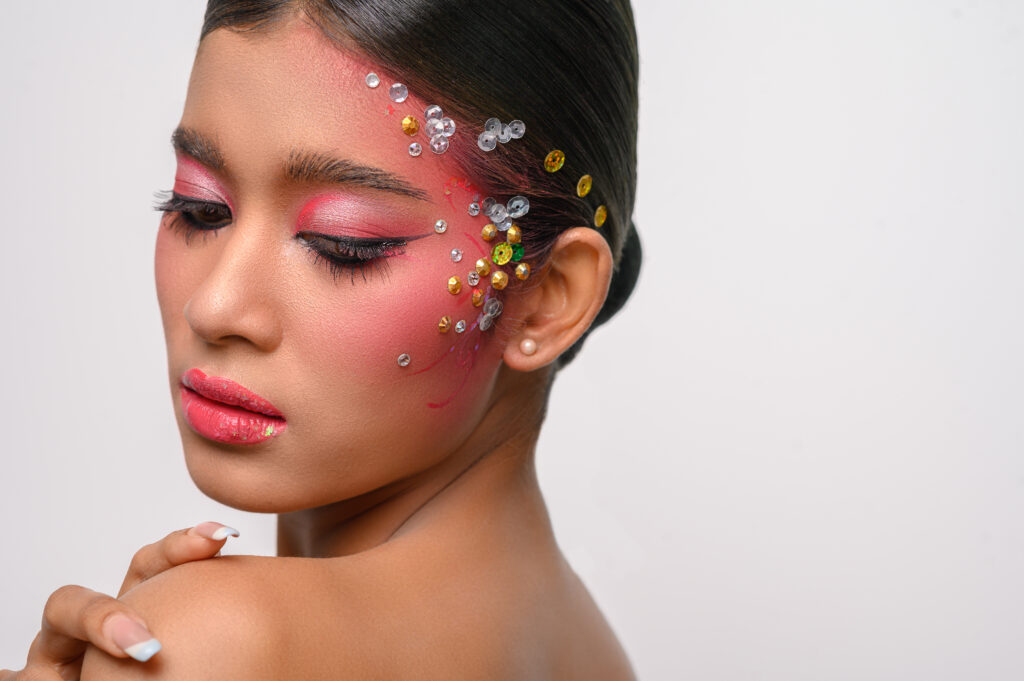When patients ask how long does eyelid surgery take to fully heal, they often want a clear timeline with milestones and tips to plan their lives after the procedure. Eyelid surgery healing usually spans several phases that unfold from the moment you leave the surgical facility until your final result is settled. This long recovery journey can stretch up to twelve months, and knowing what to expect helps individuals prepare emotionally and physically for each stage.
Initial eyelid surgery healing Phase During the First Week
Healing starts right after surgery. You may feel sore, tired, and notice swelling. Your eyelids might look puffy and bruised. This is normal. The swelling is usually worse around the second or third day. Cold compresses and keeping your head raised help reduce it.
Doctors usually ask you to rest for the first few days. Avoid bending, lifting, or anything that makes blood rush to your face. Use eye drops or ointment as directed. Vision may be blurry because of the swelling and medicine, but it should get better.
Most people feel better within four to seven days. At this point, you may still look bruised, but pain is usually mild. Some patients return to work within a week, especially if they can wear sunglasses to hide swelling.
Read Also>>>How painful is eyelid surgery?
Visible Improvement by Week Two
Swelling starts to go down. Bruising changes color and begins to fade. Most stitches, if any, are removed during this period. Some may dissolve on their own.
Your eyes might still feel tight or dry. Use drops and avoid rubbing them. Try not to wear makeup yet unless your doctor says it’s okay.
Many people feel well enough to go back to their normal routines after ten days. You might still see mild puffiness or pink scars, but these improve each day.
Continued eyelid surgery healing Through Weeks Three to Four
Weeks three and four serve as a critical bridge between recovery phases. Swelling becomes subtle, and lids may appear mostly healed. Under-eye bags and upper lid folds become smoother. Scar lines around the eyelids soften and begin blending into natural creases. At night, dryness may appear as a minor irritation, which lubricating eye drops usually relieve.
Patients can resume low-impact exercise such as walking or yoga once their doctor approves. Vision stabilizes and blurry moments become rare. Makeup may be carefully introduced, avoiding incision areas. Exposure to sunlight is still sensitive, so sunscreen or hats are recommended when outdoors.
Tissue Remodeling from Month Two to Three
During the second month, tissue remodeling becomes active. Eyelid surgery healing enters a layer beneath the skin, where collagen realigns and deeper tissues repair. Scar tissue softens, though subtle lumpiness may occasionally be felt.
At this stage, patients often describe a stretched feeling in the eyelids that creates more space around the eyes. Activity restrictions lessen by month two, allowing more intensive workouts, though extreme exertion or contact sports are still best avoided.
Sleeping positions may permanently revert to normal by this time. Daily care with moisturizer supports skin elasticity, and mild massage following medical guidance aids scar maturation. Many share feelings of relief with how eyelid surgery healing progresses, especially when comparing photos from early post-procedure and week eight.
Transition Phase During Months Four to Five
Months four and five represent a transition from active healing to restoration. Swelling is almost gone. Incision texture and color settle in place. Many patients notice improved symmetry compared to their pre-surgery condition. Hydration is essential to maintain skin quality around the eyes. Sunscreen continues to play a vital role. Many describe this phase as one of the most gratifying, as visible results reflect the time invested in healing.
Eyelid movement feels natural. Tiny creases above the eyelids may still show slight redness that normal skincare products gradually fade. Light eye cream and gentle facial routine help texture harmonize across the face.
Final Maturation from Month Six to Nine of eyelid surgery healing
Between six and nine months post surgery, eyelid surgery healing enters its final maturation phase. Tissues have returned to full resilience. Permanent creases appear stable and natural. Any tension or tightness is resolved.
Scars become fine lines that blend into the surrounding skin type. Subtle differences can still be noticed under very bright light or by close inspection, but these are barely detectable to most observers.
Patients may use camouflage makeup or laser treatments to target remaining redness. Minor touch up options remain available, but they are rarely necessary. Satisfaction levels increase significantly during this phase as final results settle.
Year End eyelid surgery healing by Month Twelve
By twelve months, eyelid surgery healing should be fully complete. Incision lines have transformed into faint, nearly invisible marks. Eyelids maintain a rejuvenated, natural appearance. Patients often describe these results as life changing, with refreshed eyes that enhance facial harmony.
Full recovery finally feels effortless. Eyelid movement, blinking, and facial expressions are fluid. Sun damage from the recovery process is addressed through protective habits. Year end healing is where surgical outcome and healing advice converge to deliver lasting benefits.
What Influences the Speed of eyelid surgery healing?
Each person heals in their own way. Some of the main factors include:
-
Age: Younger skin may heal faster.
-
Health: Conditions like diabetes or poor circulation can slow healing.
-
Smoking: Slows blood flow and healing.
-
Sun exposure: Can darken scars and delay healing.
-
Skin type: Thicker or darker skin may take longer to settle.
-
Procedure type: Upper eyelid surgery usually heals faster than lower eyelid or combined surgery.
Your surgeon can help set clear expectations based on your health and procedure type.
How to Support Healing at Every Step
You can help your eyelids heal faster by taking good care of yourself. Here are simple steps that support recovery:
-
Follow all post-surgery instructions.
-
Use ice packs to reduce swelling during the first days.
-
Sleep with your head raised for at least a week.
-
Avoid rubbing your eyes.
-
Stay out of the sun and wear dark glasses outdoors.
-
Avoid alcohol and smoking.
-
Eat healthy meals and drink lots of water.
-
Use eye drops or ointment as recommended.
-
Do not wear makeup until the doctor says it is okay.
Rest and patience are key. Even if you feel better quickly, healing inside the tissue can take months.
Common Discomfort During Healing
Some mild side effects are expected after eyelid surgery. These include:
-
Bruising and swelling
-
Mild pain or discomfort
-
Dry or itchy eyes
-
Blurry vision (temporary)
-
Feeling tight around the eyes
These usually go away within weeks. But some problems need medical care:
-
Sudden increase in pain
-
Bleeding or pus
-
Fever
-
Vision loss
-
Severe redness
If you notice any of these, contact your doctor right away.
What Results Feel Like Over Time
Results take shape gradually. At week six, many describe a refreshed appearance. By month three, crease lines become natural looking. At month six, irritation and dryness are gone. By twelve months, eyelids feel as if surgery never happened. For many individuals, this final outcome represents improved vision, more confidence, and a youthful outlook.
What Do Patients Say?
Many people share their healing journey online. A common theme is how fast things improve in the first few weeks. One patient said she wore sunglasses for the first ten days but felt fine by week two.
Another described some dry eye symptoms for a month but no lasting problems. Most say their scars faded well, especially when they followed care instructions.
By the three-month mark, many patients feel happy and forget they had surgery at all.
Something to Keep in Mind
Even when the healing process seems complete, the aging process continues. Skin elasticity thins over time. Sun exposure and lifestyle habits influence longevity. Some individuals opt for light touch ups after several years.
Still, eyelid surgery healing rarely demands repeat procedures. With steady care, results often last for a decade or more before recurrence of sagging or puffiness.
Final Advice for Patients
So, how long does eyelid surgery take to fully heal? You can expect the first few weeks to bring swelling and bruising. By one month, you should look and feel better. At three months, your results are visible and stable. By six to twelve months, the healing is complete.
Following your surgeon’s advice and taking care of your body helps support recovery. With time and proper care, you can enjoy natural, long-lasting results that refresh your face and improve confidence.
